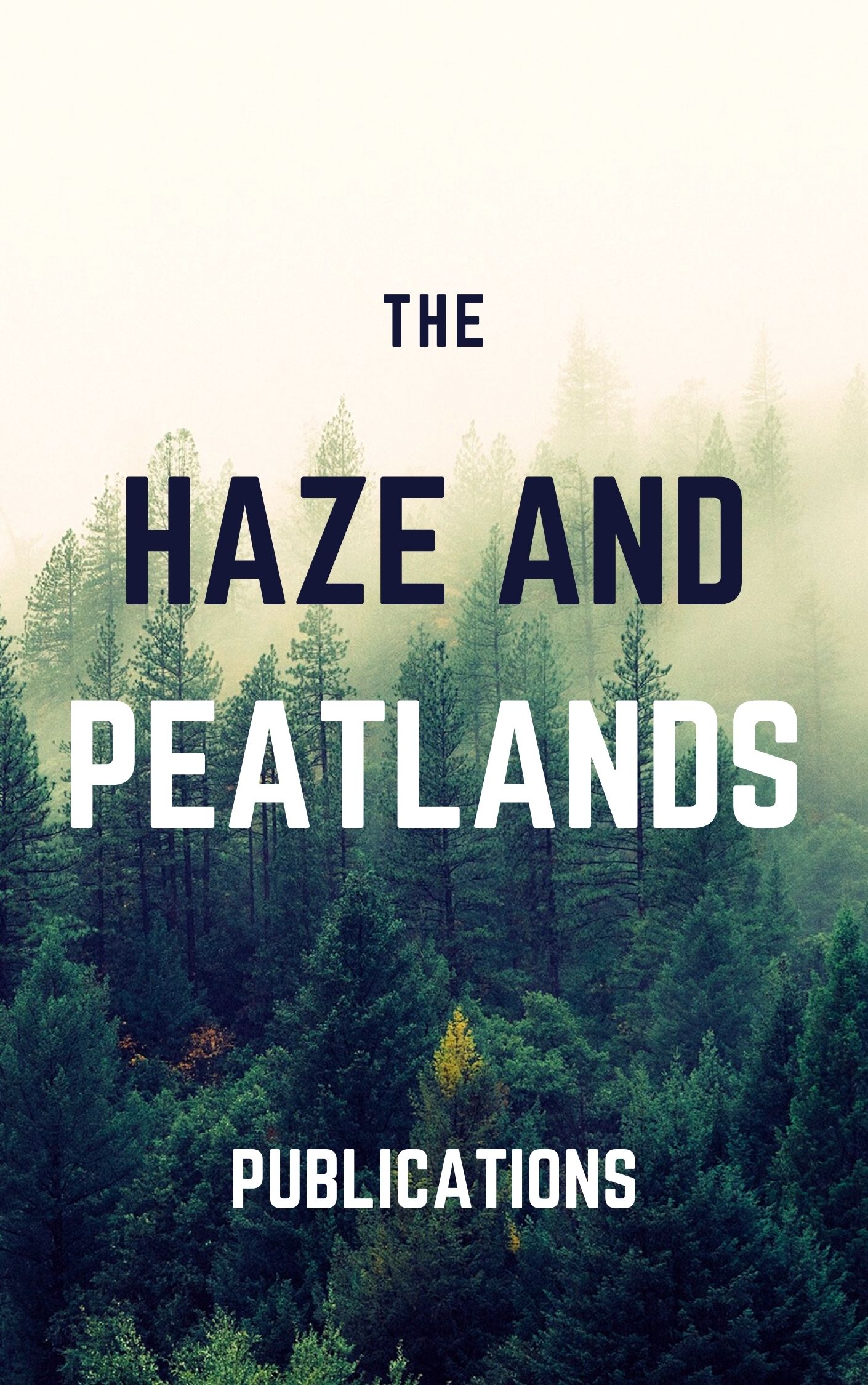Many external effects of land use change are based on modifications of lateral flows of soil, water, air, fire or organisms. Lateral flows can be intercepted by filters and thus the severity and spatial range of external effects of land use change is under the influence of filter effects. Wherever lateral flows are involved, research results cannot be simply scaled on an area basis, and overall impact does not followsimple linear causal relationships. This complexity has consequences for relationships amongst the primary agents who initiate or exacerbate external effects, other stakeholders who are affected by them and policymakers who attempt to mitigate problems that reach sufficient visibility in society. In this paper we reviewhowthe relative importance of lateral flows and filter effects differs among a number of externalities, and the implications this has for research methods. If flowsandfilters are incompletely understood, policiesmaybe basedonfallacies.Whereas‘fire-breaks’ act as filters in the lateral flowof the high temperature pulse of a fire, smoke from land-based fires can be intercepted only by rainfall acting as a filter and the external impact of smoke is determined by the atmospheric conditions governing lateral flowand chemical transformations along the pathway. Causal relations in smoke and haze problems are relatively simple andmayform a basis for designing policy interventions to reduce downwind damage. For biodiversity issues, landscape connectivity, the absence of filters restricting dispersal and movement of organisms, is increasingly recognised as an influence on the dynamics of species richness and its scaling relations. Biodiversity research methods can extend beyond the current descriptive stage into clarifying causal relations with a lateral flowperspective. The question whether connectivity is in fact desired, however, depends on stakeholder interests and situation. Forest functions in watershed protection, presumably leading to a continuous flow of clean water in the dry season through the subsoil instead of a rapid surface transfer, have been generally attributed to the trees rather than the forest, with its rough surface structure, swamps and infiltration sites. A new synthesis of site-specific hydrological knowledge and treewater balance studies may be needed to separate myth from reality, and avoidwasting public funds on tree planting under the heading of reforestation, without restoring the hydrological regime of a real forest. Soil movement can be intercepted at a range of scales and in as far as soil transport entails movement of soil fertility, filter zones can be very productive elements of a landscape. To achieve ‘integrated natural resource management’ all external effects of land use will somehowhave to be taken into account in farmer decision making about the use of natural resources on and off farm. Farmers’ ecological knowledge may include concepts of lateral flows and should be further explored as an integral part of a new landscape ecological approach.
View source

